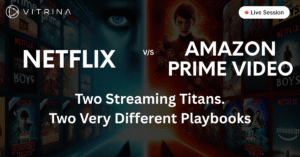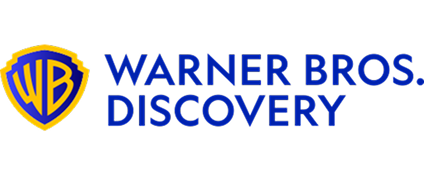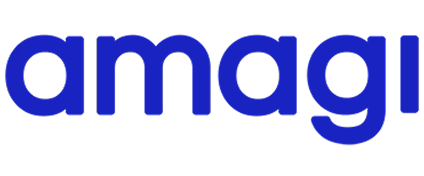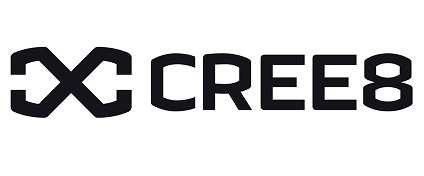How Does Dubbing Work? A 2025 Guide for M&E Executives.
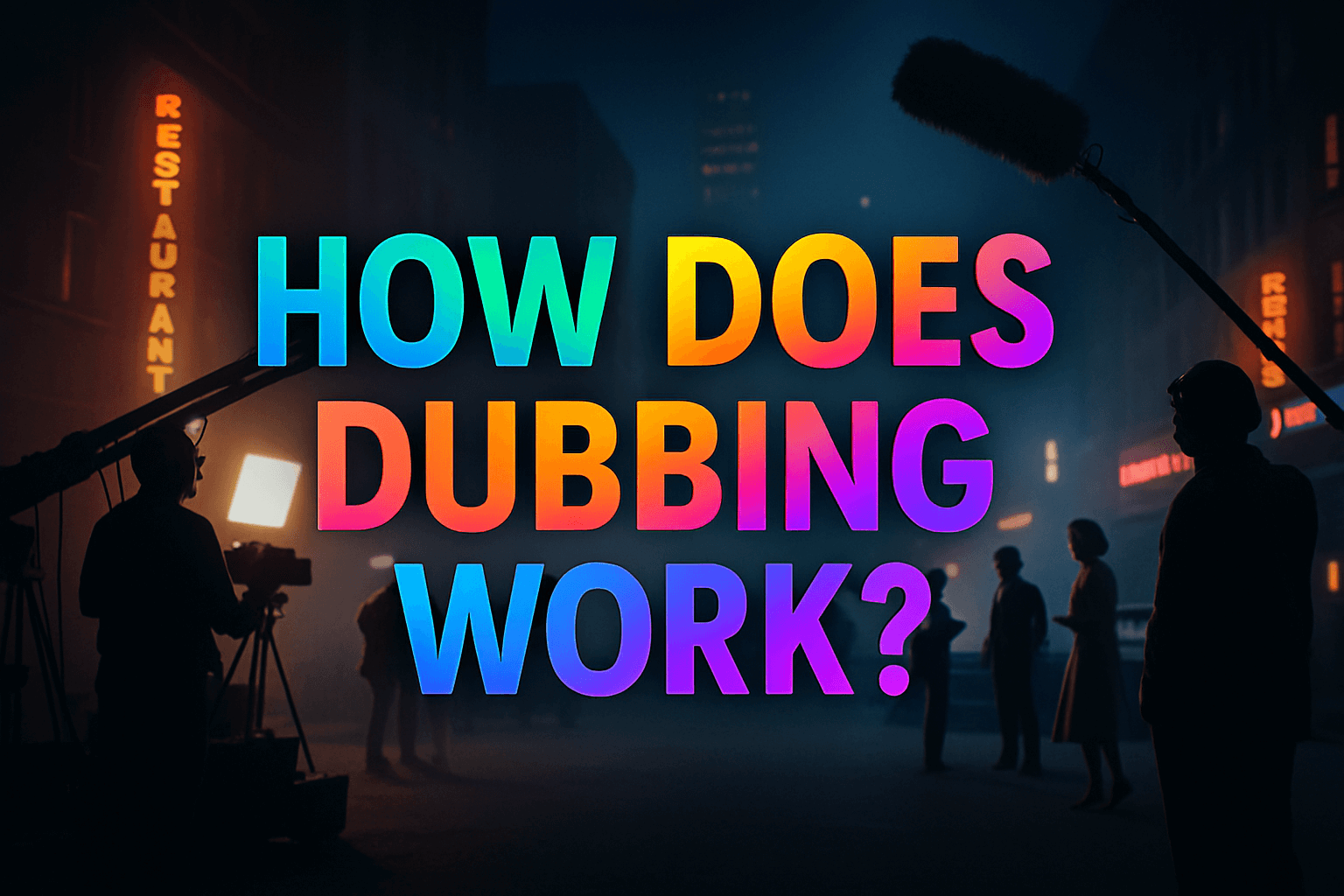
Introduction
The rapid expansion of global streaming platforms has turned the entertainment supply chain into a complex web of production, distribution, and localization. In this new landscape, few processes are as critical—or as misunderstood—as dubbing.
For executives tasked with reaching international audiences, understanding the intricate workflow behind a dubbed series is no longer a technical detail; it is a strategic imperative.
This guide provides a detailed, step-by-step breakdown of how the dubbing process works, revealing the layers of artistry and technology that transform a script for a new market.
More importantly, I will unpack the core business challenges that emerge when attempting to manage this process at a global scale, and how a data-driven approach is essential for identifying the right partners.
Table of content
Key Takeaways
| Core Challenge | Scaling global content distribution requires a complex, multi-stage dubbing process, often hindered by a fragmented ecosystem of service providers and a lack of market-wide data. |
| Strategic Solution | Adopting a systematic, data-informed approach to localization planning, partner scouting, and project management to ensure a high-quality, on-time, and culturally-relevant final product. |
| Vitrina’s Role | Vitrina’s platform provides a centralized hub to discover, vet, and connect with global dubbing, localization, and post-production vendors, transforming a manual, slow process into a streamlined workflow. |
The Strategic Imperative for Dubbing at a Global Scale
As the media and entertainment landscape evolves, so too does the demand for localized content. Audiences worldwide increasingly prefer to consume film and television in their native tongue, a trend confirmed by studies indicating a strong preference for dubbed content over subtitled versions in many key markets.
This shift has elevated dubbing from a mere technical chore to a critical part of a studio’s or streamer’s strategic growth plan.
The process is a testament to the industry’s globalization, enabling a single piece of content to transcend linguistic and cultural barriers, dramatically expanding its addressable market and monetization potential.
The demand for localized versions of content has made the dubbing process a critical element of the modern M&E supply chain, with an entire network of specialists supporting it.
This network, however, is often fragmented, decentralized, and difficult to navigate, presenting a unique set of challenges for any executive responsible for getting content to market efficiently.
The Dubbing Process: A Step-by-Step Breakdown
The question, “How does dubbing work?”, reveals a complex workflow that moves far beyond simple translation. It is a meticulous, multi-stage post-production process that requires a specialized team of linguists, voice actors, and audio engineers.
The journey from an original script to a finalized dubbed version is a coordinated effort that breaks down into several key phases.
The process begins with script adaptation and translation. Unlike a straightforward subtitle translation, the dubbing script must be carefully adapted to account for timing, rhythm, and lip movements of the on-screen actors.
This is a crucial step that demands a nuanced understanding of both the source and target languages, as well as their cultural contexts. The goal is to make the dialogue feel authentic, as if it were originally written in the new language, while preserving the original intent and tone.
A phrase that takes three seconds to speak in one language may require a completely different, shorter phrase in another to maintain lip-sync accuracy.
Once the script is finalized, the team moves on to voice casting and direction. Finding the right voice talent is paramount to the success of the dub. It’s not simply about finding a native speaker; it’s about finding a performer who can match the emotional range, tone, and vocal characteristics of the original actor.
A voice director works closely with the talent during the recording sessions, often using a specialized technique called Automated Dialogue Replacement, or ADR.
This is a fundamental part of the process where actors watch the original scene on a loop, delivering their lines precisely in sync with the on-screen character’s mouth movements. This meticulous attention to timing is what allows a dubbed film to feel seamless and immersive for the viewer.
Following the recording, the newly captured audio enters the mixing and final post-production phase. The recorded dialogue tracks are layered with the original background music, sound effects, and Foley.
A sound engineer’s job is to ensure that the new dialogue track blends perfectly, with proper volume levels and a natural soundscape. The final product is a complete audio track that replaces the original, ready for international distribution.
The final step is quality control, where the finished product is meticulously reviewed to ensure perfect synchronization, audio quality, and cultural fidelity.
Navigating the Challenges of Scaling Audio Localization
While the technical workflow is challenging enough, the business of audio localization at a global scale introduces a separate set of strategic hurdles. For an executive, the primary problem is a fragmented and opaque supply chain.
The world of dubbing and post-production is not a unified market; it’s a vast collection of thousands of independent vendors, each with unique specializations, capabilities, and pricing structures. Manually scouting for the right partners across different regions is a time-consuming and inefficient process.
This fragmentation creates several key pain points. The first is a lack of data-driven intelligence. Without a centralized, objective source of information, it is nearly impossible to benchmark vendors, assess their past work, or identify new, high-potential partners in emerging markets.
Sourcing a reputable dubbing studio in Brazil, for example, often requires navigating local professional networks and relying on word-of-mouth recommendations, a slow and unreliable method.
A second challenge is that the most experienced partners in the industry may not be visible. Many of the most skilled and in-demand dubbing studios are small, independent operations that do not have a large marketing or sales presence.
Finding these hidden gems requires significant research, making it difficult to build a robust pipeline of trusted partners for a global content strategy. The result is a process that is slow, inefficient, and prone to costly mistakes.
How Vitrina Empowers Strategic Dubbing Partnerships
Vitrina was built to address these exact challenges by bringing unprecedented visibility and transparency to the M&E supply chain. As the world’s leading project tracking and company profiling platform, Vitrina provides a strategic solution for executives who need to find and vet localization partners at scale.
Instead of relying on manual research or outdated directories, decision-makers can use Vitrina to discover the most relevant dubbing studios and post-production houses with algorithmic precision.
The platform’s core strength lies in its comprehensive database of film and TV projects, which is meticulously connected to the companies and professionals involved in their production.
This allows Vitrina to function as a powerful search engine for the industry. For an executive, this means they can filter for dubbing studios by criteria that truly matter: the types of projects they have worked on (e.g., feature films, animated series), the specific genres they specialize in (e.g., action, comedy), and their location.
By seeing which companies have a verified track record of high-quality work on similar content, a user can instantly short-list potential partners with a confidence that manual research cannot provide.
This capability allows executives to quickly and efficiently identify pre-vetted vendors, reducing the time from discovery to contract. For example, a content buyer can find all the localization vendors that worked on top-rated international shows, instantly building a pool of qualified candidates for an RFP.
By centralizing this fragmented data, Vitrina fundamentally changes how business is done in the localization space, helping executives move faster and with greater confidence.
Conclusion: The Future of Localization Is Data-Driven
The dubbing process is a sophisticated and essential part of the modern media business. As the demand for global content continues to grow, so too will the need for efficient, data-driven solutions to manage the localization supply chain.
For senior leaders in the M&E industry, the ability to quickly identify and partner with the best talent in a fragmented global market is a significant competitive advantage. This is where the old methods of manual scouting and fragmented spreadsheets fall short.
A platform like Vitrina provides a singular, powerful tool to connect content to capability, enabling a smarter, faster, and more strategic approach to dubbing and post-production.
The future of localization is not about more manual work; it’s about better intelligence.
Frequently Asked Questions
Dubbing is a specific type of voice replacement that requires a precise synchronization of dialogue with the on-screen actors’ lip movements. Voice-over is a broader term that refers to a recorded voice that is overlaid on an audio track, but it does not require the same level of lip-sync and is often used for documentaries or narration.
The cost of dubbing varies significantly based on factors such as the length of the content, the number of characters, the complexity of the script, and the language. It is often priced per minute of content, and can include additional fees for voice talent and studio time.
While the technical aspects can be complex, the primary difficulty for executives lies in managing the process at scale. A major challenge is efficiently scouting and vetting a large number of vendors across different territories, a task that often lacks data-driven intelligence and is highly manual.
The main challenges are achieving perfect lip-sync, accurately translating cultural nuances and idioms, and maintaining the original emotional tone of the performance. Business-level challenges also include finding qualified vendors, managing project timelines, and ensuring consistent quality across multiple markets.
























